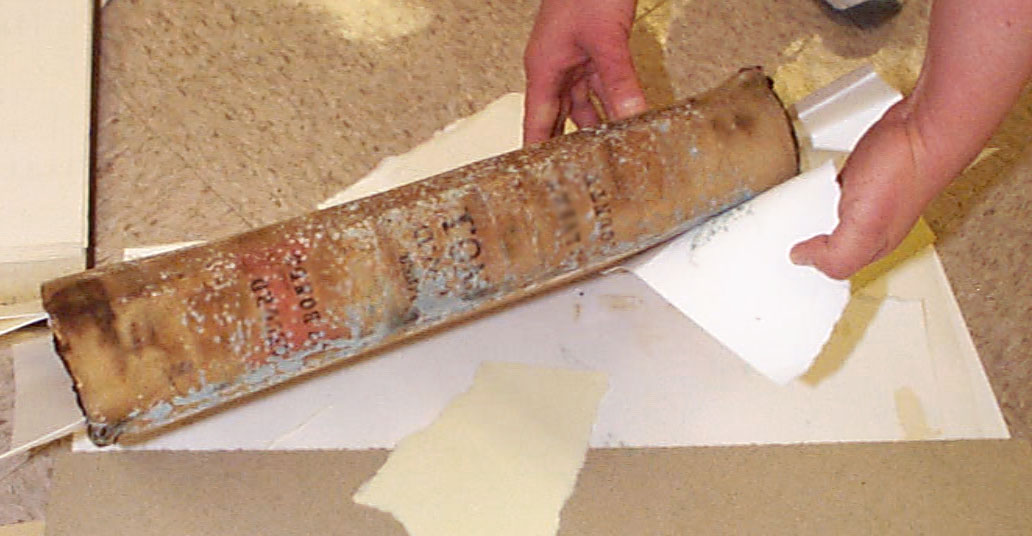|
|
Emergency Preparedness
Links: for further information on disaster preparedness and relief.
American
Institute for Conservation's (AIC) website on disaster response and recovery
AIC guidelines
for responding to a disaster
Cataclysm and Challenge: Impact of
September 11, 2001,
On Our Nation's Cultural Heritage, A Report by Heritage Preservation
Primer on Disaster
Preparedness, Management, and Response. This includes the Smithsonian Institution Staff Disaster
Preparedness Procedures and other information about disaster reponse.
Mold and Mildew: Prevention of
Microorganism Growth In Museum Collections
Procedures for Salvage of Water
Damaged Library Materials
AIC-Cert Rapid Response Team for
Cultural Institutions
Fire Protection in Cultural Institutions
Cologne City Archives Disaster
STEPS TO SALVAGING VALUABLES AT HOME:
1. Disaster Alert (if you have
advanced warning):
-
Videotape or photo document the current condition of your home and belongings
-
If possible, secure
vital records, video or photo documentation, and high priority items
-
Screw plywood over windows or use duct tape
to reduce shattering
-
Move items away from windows and into
water-resistant areas
-
Wrap shelves and cabinets with heavy
plastic sealed with waterproof tape
-
Move outdoor items indoors
-
Turn off water and electricity
2. After the Disaster - Returning Home
-
Safety first! Do not reenter without permission of the proper authorities
-
Document the condition of all damaged items for insurance
purposes
-
Notify your insurance representative
about significant loses

-
Check for evidence of mold throughout
the damaged area
3. Salvage Priority
-
Salvage items that are of the greatest
importance to you
-
Focus on fragile items most prone to damage
if left untreated
-
Pay attention to items most likely to be
successfully salvaged
4. Other general tips to keep
in mind

In case of flooding:
-
Remove standing water from basement
-
Remove flood-soaked insulation, wallboard
and nonhistoric wall coverings
-
Air dry with good ventilation
-
Contact a conservator to help you with
valuables
Types of salvaged and other valuable items
which you should bring to the attention
of a conservator:
-
Framed artwork
-
Photographs
-
Books and paper

-
Textiles
-
Furniture
-
Ceramics, stone, and metal objects
-
Organic materials
-
Natural history specimens: may pose a health issue
.
|


